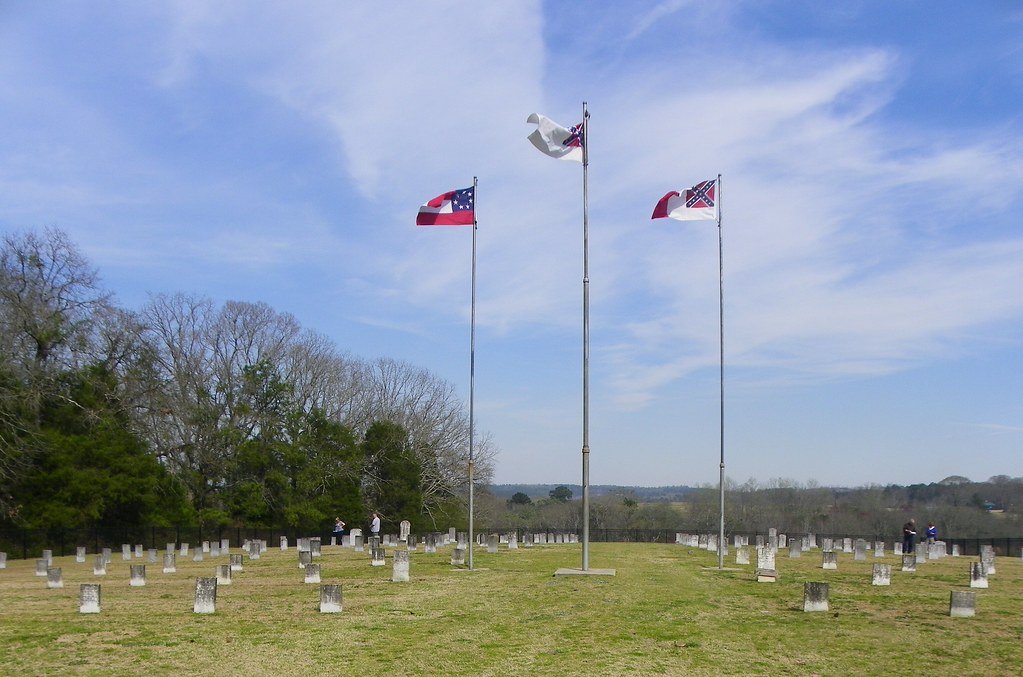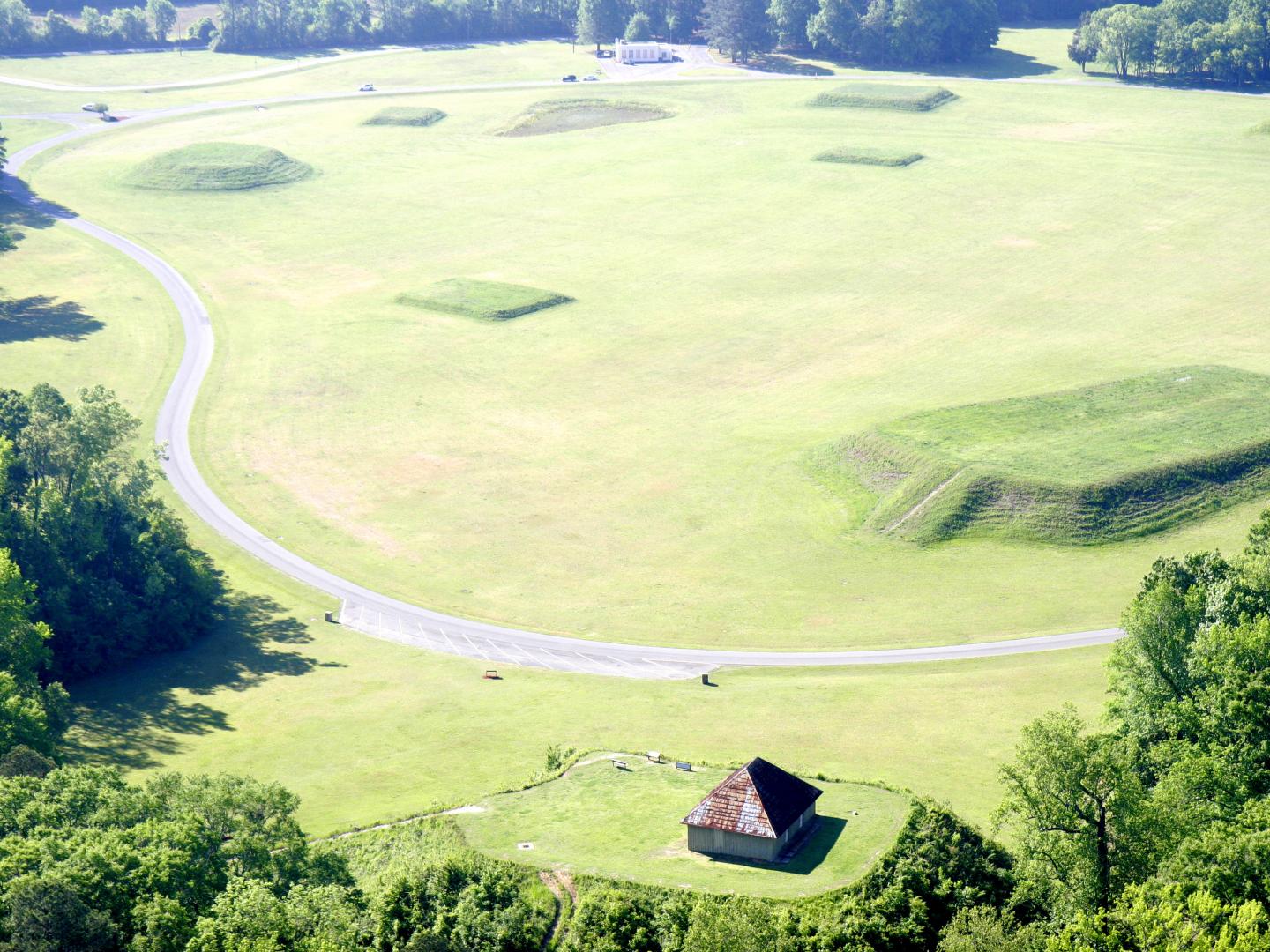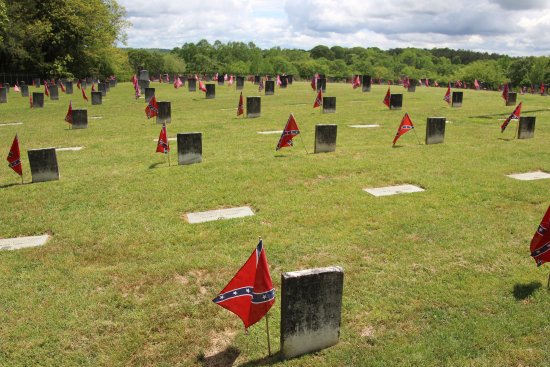Bottle Creek Has a Very Interesting History
Bottle Creek is considered to be one of the most important prehistoric Native American sites not only in Alabama, but in the entire southeast.
In fact, most experts agree that other than Moundsville which is located near the town of Tuscaloosa, it is the most important Native America site in the State.
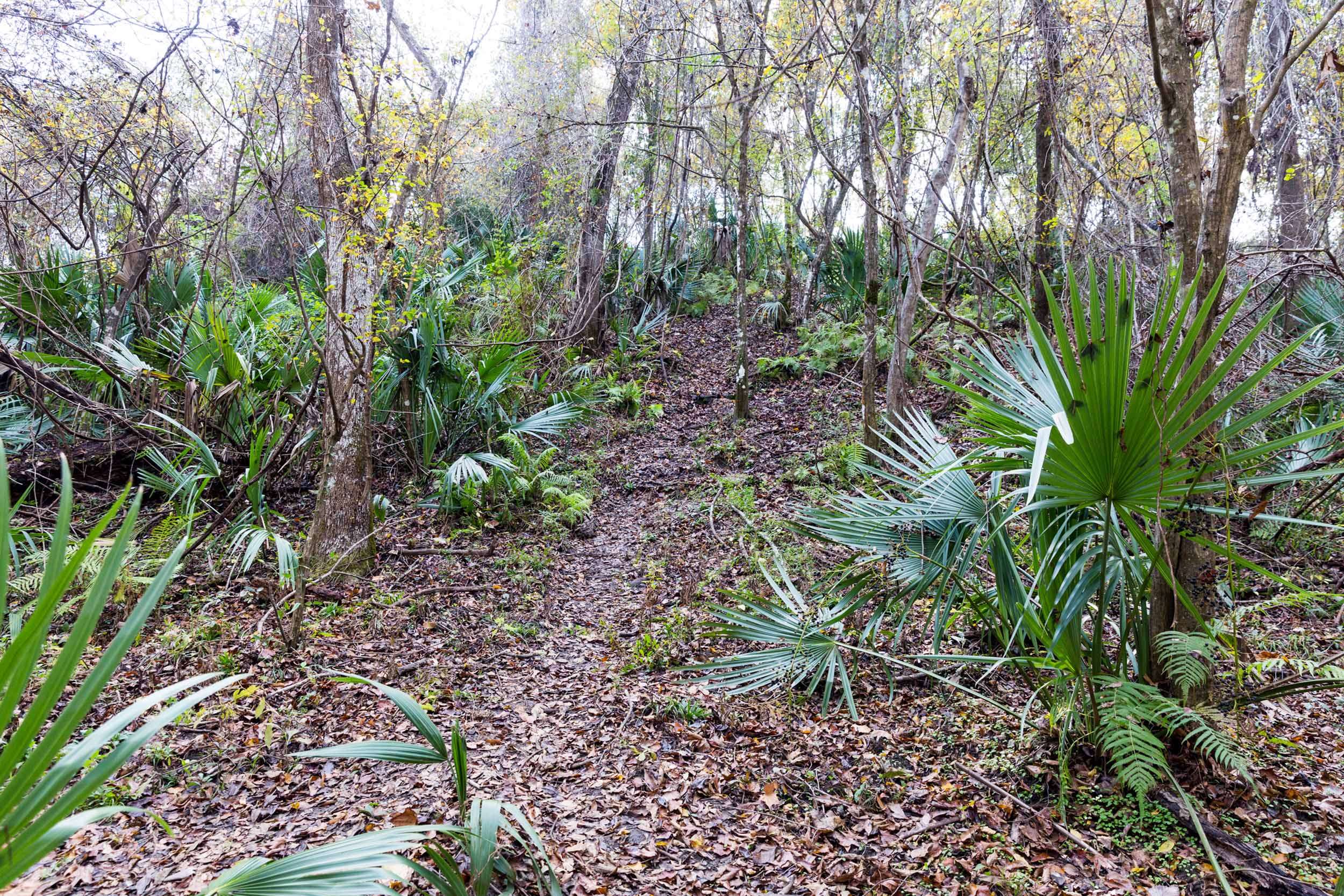 An Entrance Into the Bottle Creek Mounds
An Entrance Into the Bottle Creek MoundsLocated on Mound Island in Baldwin County, it lies in the heart of the Mobile-Tensaw Delta.
About 40 miles north of Mobile, it is the largest mound complex that has ever been found on the Gulf Coastal Plain.
There is however, one very interesting question about Bottle Creek that even some of the experts cannot answer.
Why was it built in the middle of a swamp?
Why pre-historic Native Americans built these mounds in the center of a swamp is one of the main areas of mystery that surround these mounds to this day.
Or, is there a very simple answer to this question.
The History of Bottle Creek
 The Sign At Bottle Creek Indian Mounds In Baldwin County Alabama
The Sign At Bottle Creek Indian Mounds In Baldwin County AlabamaBottle Creek has perhaps one of the most interesting histories of all the Historic sites in Alabama for several different reasons.
This area is believed by most experts to have originally been built around the mid to late 1200’s, and was fully occupied until the early 1700’s.
The Native America’s that are believed to have inhabited the area are referred to as the Mobilians, but have also been referred to as the “Pensacola Culture”.
They were believed to have still lived in these mound areas, when a French explorer visited the area in the early 1700’s.
In the year 1702, the man that founded the town of Mobile, French explorer Jean-Baptiste Le Moyne de Bienville, was said to have visited the area.
However, there are other experts that believe that this area that is today known as Bottle Creek is actually much, much older.
They believe that the culture that settled in the area originated in the Mississippi Valley, around the early 800’s.
They believe that this culture not only survived in this area but thrived in it because of its location in the swamps.
There is evidence that this pre-historic Native American culture from the Mississippi Valley moved east and established several communities in the area now known as Alabama.
However, most of the archaeological findings suggest that the largest community in this immediate area is the Bottle Creek community.
These same experts attempt to answer the question of “why in a swamp” with one simple answer: the Mobile Tensaw Delta.
Most of the Mobile Tensaw Delta is fed by several major rivers in the area, and some extend all the way to what is today known as Mississippi and Georgia.
Travel in the area is these early times were only done by two different methods: by foot or by canoe.
Because of the lay of the land, canoes would have been the obvious selection as walking would have been way to slow, as well as too dangerous.
By using a canoe, these early Native Americans could have easily moved large amounts of both goods, as well as materials.
Because of the river system located in these swamps, it would have made this mode of transportation very easy.
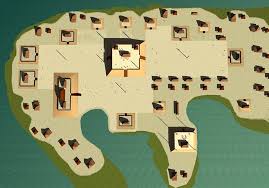 Overhead View of the Bottle Creek Mounds
Overhead View of the Bottle Creek MoundsThe Mounds at Bottle Creek
The mound area that is today known as Bottle Creek has 18 very visible mounds, as well as several canals and what resembles residential areas.
Most of these are located on the northern end of Mound Island, and this is where most of the major artifacts have been discovered.
These artifacts show a very strong connection to these mounds located on Mound Island, as well as the people located to the west.
Located to the west is the Lower Mississippi Valley, which is well documented to have been inhabited by pre-historic Native Americans.
It is believed that the inhabitants of the Bottle Creek area were very well connected with other Native Americans, because of the river and canal systems.
Because of this, it allowed these early inhabitants to trade goods, materials, and even ideas quite easily.
It is believed the tribes located in the south brought fish and shellfish to the north, while the north brought their good to the south.
The north was believed to have traded stones for making tools, ornaments, as well as pottery.
The Bottle Creek Site is made up of more than 18 different mounds, and the tallest is quite a site.
It rises some 52 feet above the swamp waters, and because of its isolated location, it as well as the other mounds is still basically undisturbed.
The Alabama Museum of Natural History established what was called the “Gulf Coast Survey” in the year 1971, to excavate the site.
The major goal of this project was to explore the site to understand its history, as well as the culture of those that lived in this area.
In the very early excavations, archaeologist’s found fragments of shell, pottery, stone tools, and numerous animal bones.
The tools and the animal bones helped to show them what these early inhabitants ate as part of their daily lives.
The Findings in the Mounds
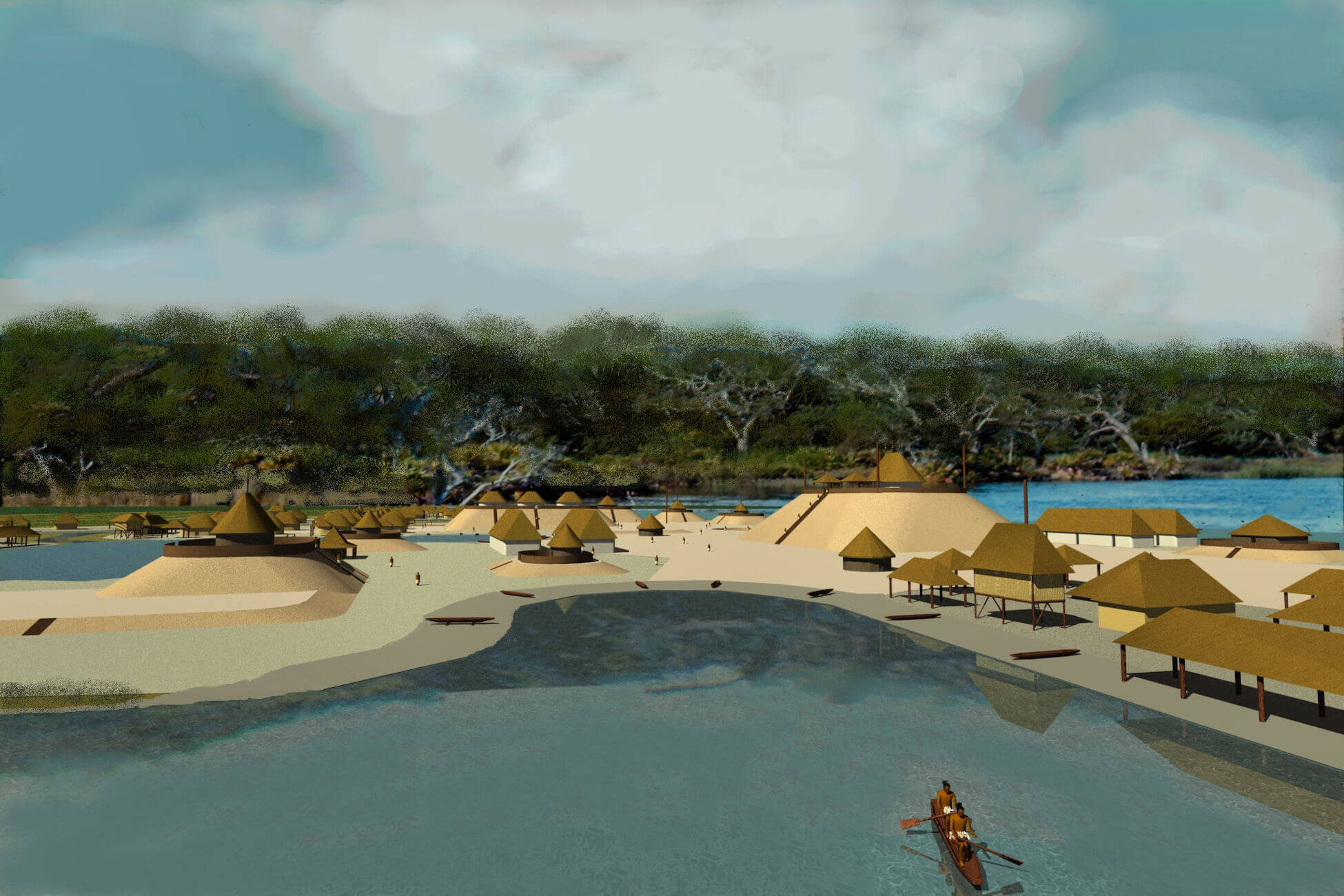 Reproduction of the Bottle Creek Indian Mounds in Baldwin County Alabama
Reproduction of the Bottle Creek Indian Mounds in Baldwin County AlabamaThe overall findings in the mounds at Bottle Creek all pointed to two very interesting fact; they were very skilled at moving the earth and had different classes.
One of the most interesting facts uncovered in the excavation of the mounds was the different classes it revealed.
These excavations showed that while the different classes used the same tools to eat, they did not eat the same quality of food.
They showed the higher class of native America that lived on the top of the Mounds most likely ate finer cuts of meat, than those that lived in the lower parts.
This was determined by the type of bones that were discovered, as it showed that they ate larger shellfish for example than those that lived in the lower part of the mounds.
They were also able to determine that they had fewer cooking jars, serving bowls, as well as plates, than those that lived in the upper part of the mounds.
Because of these findings, it is believed that these early inhabitants also used it as a major religious center.
The reason for this logic was simple; the number of burial mounds that were located in the outer edges.
It is believed that much like the Moundsville settlements found near Tuscaloosa, these settlements were also used as a mortuary center.
The Bottle Creek area was declared a National Historic Landmark on March 10, 1995, when it joined the Moundville Archaeological Park in a distinct classification.
They are the only two Native America sites to be fully recognized by the State of Alabama as historic.
These findings helped to reveal its rich Native American heritage that still thrives to this day among the various tribes.
References
https://ahc.alabama.gov/properties/bottlecreek/bottlecreek.aspx

Alabama Gift Store
Numerous Items for You and Your Family to Enjoy
See it here at the Gift Store
Copyright 2019-2023 Alabamabackroads.com
All Rights Reserved
